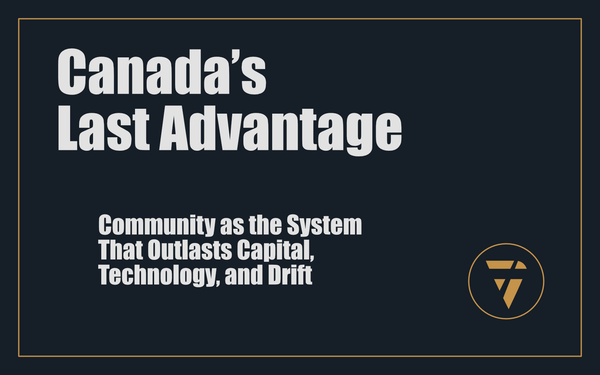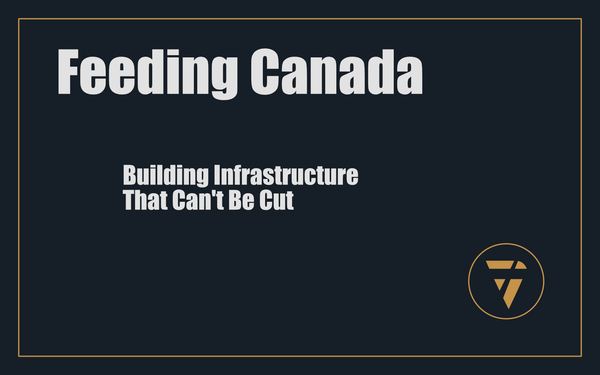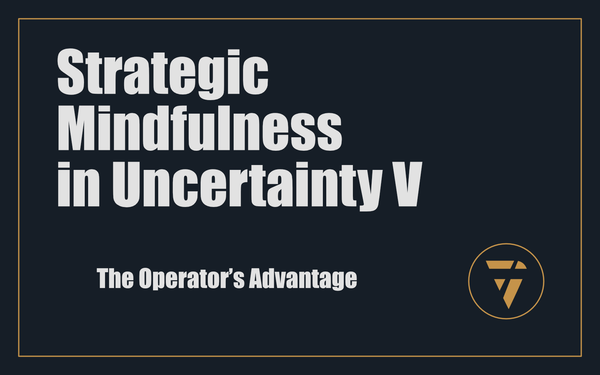The Principles That Drive

Passive House Design
Step into any conversation about Passive House and you’ll hear the jargon: U-values, PHPP, ACH50, primary energy demand. For a newcomer, it feels like a wall of numbers, acronyms, and technicalities.
That overwhelm stops momentum.
Before you dive into calculations, software, or certification pathways, you need the foundation. The five principles. The kernel truths that make every Passive House possible.
Without these, you stall. With them, you can move.
Situation: Noise Over Clarity
Engineers, builders, consultants—everyone has a language for Passive House. For insiders, the terms are shorthand. For newcomers, they’re barriers.
But Passive House is not built on jargon. It's built on five principles—simple, universal, uncompromising. Whether you’re designing a rancher in Lumby, a high-rise in Hamilton, or a community centre in Surrey, these five principles are the DNA.
Problem: Missing the Core
Without clarity on these principles, projects get stuck. Builders talk about “green upgrades” without understanding how they interact. Designers swap windows without fixing airtightness. Homeowners buy HRVs without addressing thermal bridges.
The result? Drift. Money spent without results. Comfort promised but not delivered. A building that claims “sustainable” but performs like code minimum.
The truth is: if you ignore one principle, the others collapse. Passive House is not a buffet. It’s a system.
Solution: The Five Core Principles
Here are the levers. The principles that drive every Passive House—clear, concise, absolute.
1. Super-Insulated Envelope
Walls, roof, and foundation wrapped in continuous, thick insulation. Not 2×6 with token batts. Layers that slow heat transfer to a crawl.
The outcome: stable indoor temperature, regardless of weather swings.
2. Airtight Construction
The building must be sealed like a vessel. No drafts, no leaks, no “good enough.” Airtightness is measured, verified, and proven with a blower door test (≤0.6 ACH50).
The outcome: controlled comfort, no wasted energy.
3. High-Performance Windows and Doors
Triple-glazed, insulated frames, and precise installation. Windows are weak points in most buildings; in Passive House, they become assets. Positioned for solar gain, shielded from loss.
The outcome: light and view without sacrificing performance.
4. Thermal-Bridge-Free Detailing
Any material that carries heat across the envelope—a concrete balcony, a steel beam, a sloppy connection—is a thermal bridge. It creates cold spots, condensation, mould. In Passive House, those bridges are eliminated by design.
The outcome: comfort in every corner, durability in every detail.
5. Balanced Ventilation with Heat Recovery
Fresh air without heat loss. A heat recovery ventilator (HRV) or energy recovery ventilator (ERV) brings in outdoor air, filters it, tempers it, and circulates it evenly.
The outcome: healthy indoor air, consistent comfort, minimal energy demand.
These five principles work together. Isolate one, and you get marginal gains. Combine them, and you achieve the leap: 90% less heating energy, year-round comfort, resilience under any climate stress.
Consequence: The Foundation Set
This is the foundation. With these five principles, you don’t just understand Passive House—you can begin to act.
Every design decision, every construction detail, every investment now has context:
- Does this protect insulation?
- Does this preserve airtightness?
- Does this eliminate a thermal bridge?
- Does this support high-performance?
- Does this integrate with balanced ventilation?
Without these questions, you build confusion. With them, you build clarity.
And clarity is what moves you forward.
Why It Matters
The building industry is filled with upgrades that sound impressive but deliver little. Fancy mechanical systems that compensate for leaky envelopes. Solar panels bolted on top of fragile houses.
Passive House is not about gadgets. It's about building from the ground up with principles that hold.
Once these five are in place, the rest follows: energy savings, comfort, resilience, and long-term durability. Without them, nothing else matters.
This is the kernel. The discipline. The line between drift and design.
Here’s your lever: forget the jargon. Forget the noise. Start with these five principles. Once you build on this foundation, every calculation, every model, every certification becomes clear. This is where Passive House begins.
This is what I’m working on. Tell me what you think, I enjoy the conversation! Subscribe and follow the work in real time.
Thanks!
B

Passive House isn’t tech.
It’s five principles.
Insulate. Seal. Performance. Break the bridges. Balance the system.
Ignore one—and the function collapses.
Obey all—and the house holds.
Which side are you building on?
PS -






